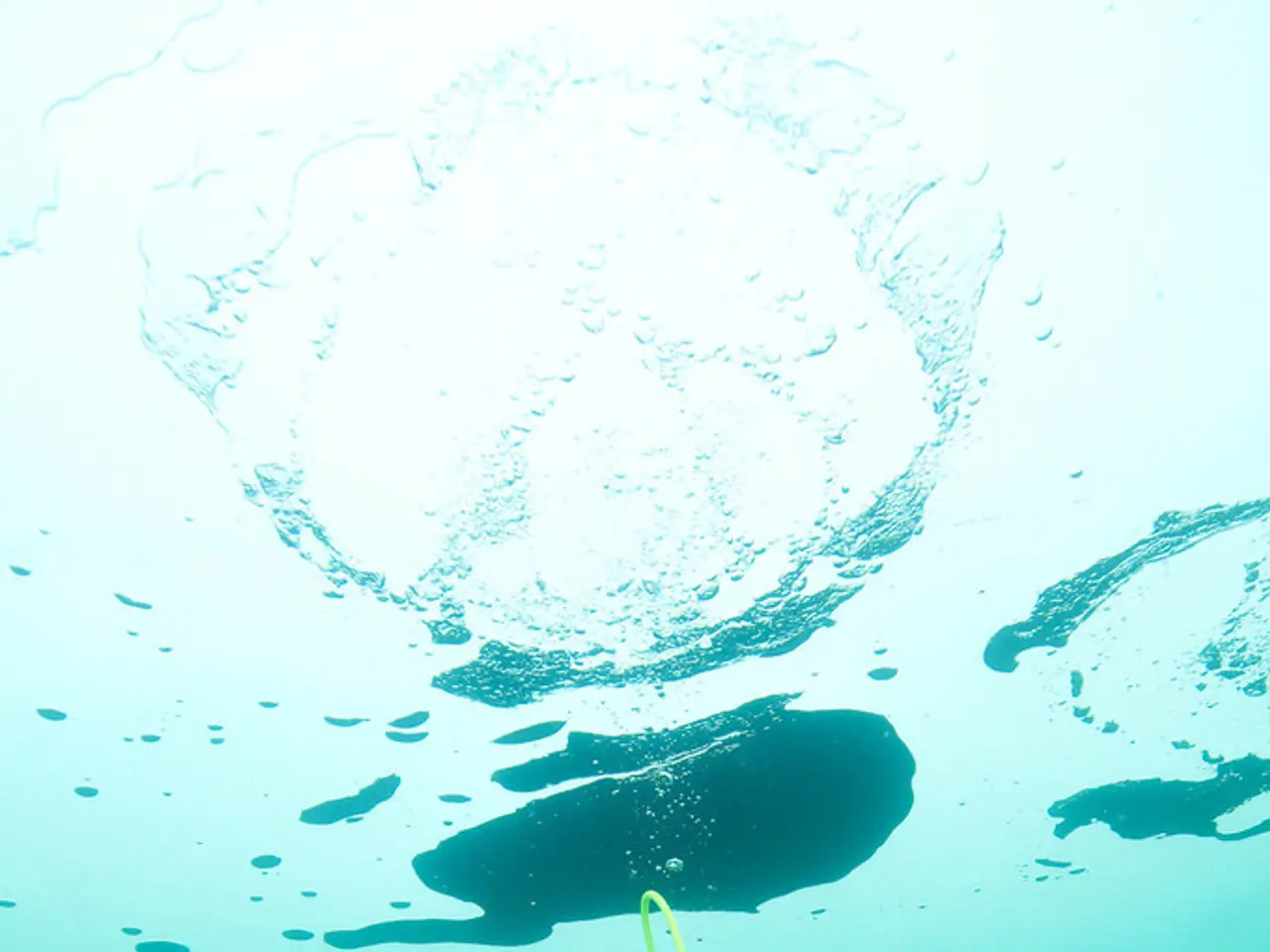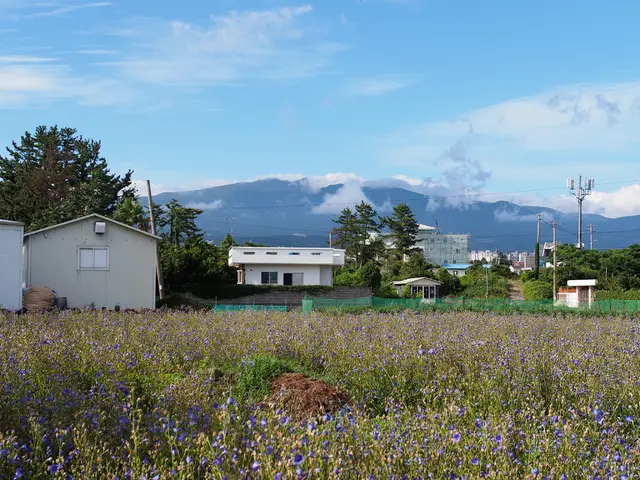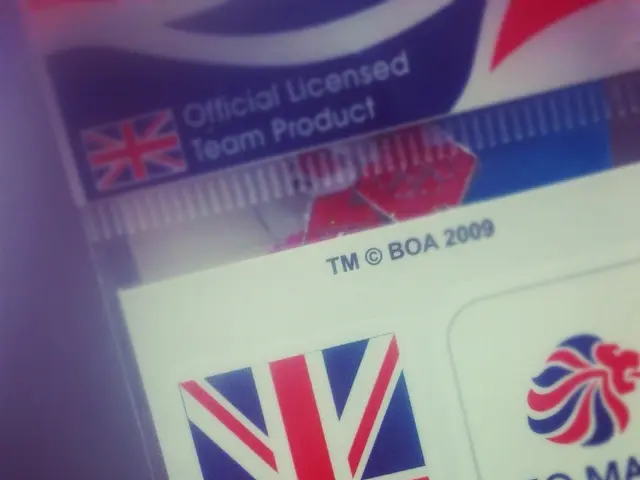Capturing Stunning Underwater Panoramic Shots
Mastering Wide Underwater Panoramas with Standard Equipment
Creating wide underwater panoramas without the need for special equipment or oxidizing agents can be achieved with careful planning and the right technique. Here's a step-by-step guide to help you get started:
1. Utilize an Underwater Housing
If you have access to an underwater housing for your camera, use it to protect your equipment while capturing images underwater.
2. Choose the Right Lens
A wide-angle lens, such as the Sigma 10-20mm or Tokina 10-17mm, is ideal for capturing a broad field of view. This will help you get as much of the scene as possible in each shot.
3. Shoot in Series
Divide the scene into sections and take multiple overlapping shots. This is similar to creating a panorama on land, but underwater, you may need to adjust your position between shots. Maintain a 30% overlap between single images to ensure a seamless stitch.
4. Maintain Consistent Lighting
Natural light is best for underwater photography, so aim to capture your panorama during the brightest part of the day. Avoid using artificial light unless necessary, as it can add unwanted reflections or shadows.
5. Stitch the Images
Use photo stitching software (like Adobe Photoshop or PTGui) to merge your images into a single panorama. The PhotoMerge tool in Adobe Photoshop is particularly useful for this purpose.
6. Post-Processing
Adjust the exposure and contrast to ensure consistency across the panorama. Remove any unwanted artifacts or noise. In Adobe Camera Raw (ACR), you can apply changes to all images of the series by selecting "select all" and then "synchronize".
Tips for Underwater Photography:
- Buoyancy Control: Manage your buoyancy to maintain a stable position. This will help you take more controlled shots.
- Swimming or Diving: Sometimes, you might need to swim or dive slightly to get the next shot in the sequence.
- Camera Settings: Use a faster shutter speed to freeze the motion of fish or other moving subjects.
Rico Besserdich, the photography editor of the Australian magazine 72&rising and the Artistic Underwater Photography workshop leader at the Saar College of Fine Arts (HBK Saar), Germany, has written over 100 photography-related articles published in various magazines worldwide. He is a professional underwater photographer, artist, and journalist based in Izmir/Turkey.
For support in purchasing underwater photography gear, visit Bluewater Photo & Video, a sister site dedicated to providing high-quality equipment for underwater photographers.
- Pay Attention to Color and Focus: Underwater photography can affect colors, so use a color correction filter or adjust colors in post-processing. Ensure each shot is in sharp focus, particularly when shooting macro subjects.
- Compose Your Shots Thoughtfully: Framing is crucial underwater. Use the rule of thirds to create balanced and engaging compositions. Remember, the reef, wreck, or marine life should be the main focus.
- Experiment with Gadgets and Technology: Utilize gadgets like waterproof flash units or lighting systems to enhance your images. Stay updated on advancements in underwater photography technologies to stay ahead in contests and improve your skills. Whether it's your next dive trip, photography contest, or photography course, let a reliable guide help you make the most of your underwater photography experience.




